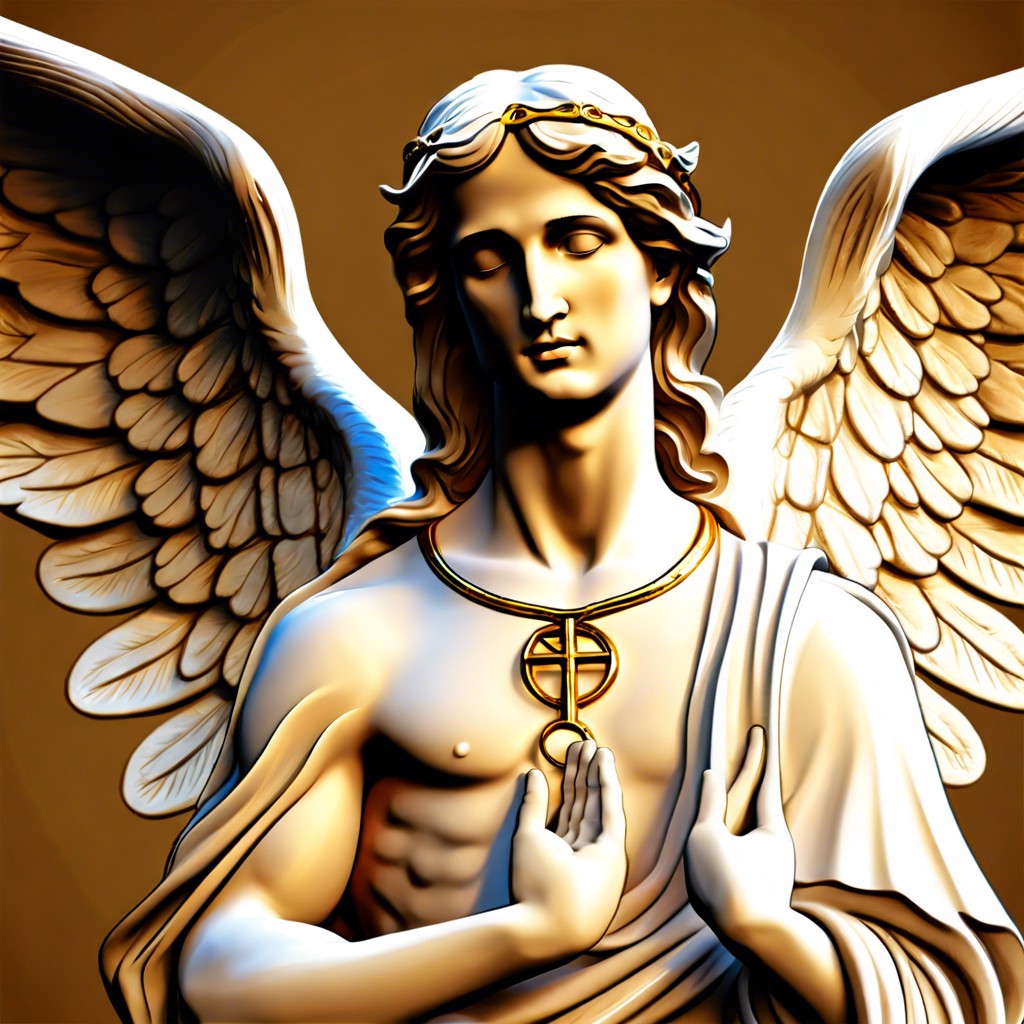Discover what the raven symbolizes spiritually, including its associations with transformation, mystery, and insight.
The raven, a bird steeped in mystery and symbolism, holds profound significance across various cultures and spiritual traditions. Whether you’re drawn to its role as a harbinger of change or intrigued by its association with wisdom and the ethereal, this guide explores the multifaceted spiritual meaning of ravens. Immerse yourself as we uncover the layers of transformation, intelligence, and ancient lore that make the raven a powerful spiritual symbol.
Key takeaways:
- Raven signifies transformation in life’s cycles, urging trust.
- Ravens act as messengers between realms in various cultures.
- Ravens symbolize intelligence and wisdom in nature and folklore.
- Ravens are powerful symbols in Norse, Native American, and Celtic myths.
- Raven symbolism varies across cultures, each highlighting unique aspects.
Symbol of Transformation

The raven often appears during moments of profound change. This bird is seen as a guide through transitions, bridging the old and new. It encourages embracing life’s cycles, urging trust in the process of becoming.
In many traditions, the raven’s frequent association with night and mystery symbolizes diving deep into the unknown. This powerful creature suggests that clarity and rebirth come from exploring our hidden depths.
Ravens remind us that transformation can be messy but rewarding. Just as they thrive in diverse environments, they inspire flexibility and adaptation during personal growth.
Connection to the Afterlife
Ravens often appear as messengers between the worlds of the living and the dead. In many cultures, they are seen as guides for souls crossing into the afterlife.
In Norse mythology, ravens were companions to Odin, representing thought and memory. This connection underscores their role as bridge figures between realms.
Native American folklore also reveres ravens for their ability to traverse different spiritual dimensions, offering wisdom and insight from beyond.
Their keen intelligence and mysterious aura make them ideal symbols for the unknown aspects of the afterlife, adding layers of depth to their spiritual significance.
Sign of Intelligence and Wisdom
These birds are often associated with high intelligence and wisdom. Observations in nature show ravens using tools, solving complex problems, and even playing games. Many cultures see their ability to learn and adapt as symbols of keen insight.
The raven’s capacity to mimic human speech and sounds further emphasizes its link to intellectual pursuits. This trait impresses and mystifies, making the raven a natural symbol of wisdom through communication.
In literature and folklore, ravens often appear as guides or messengers. They are trusted to carry knowledge across realms, bridging the human world with the divine. Their black feathers are thought to absorb and store vast amounts of universal knowledge, adding to their mystical intelligence. Different cultures revere ravens for their sagacity, from Native American traditions to Norse mythology, where Odin’s ravens Huginn and Muninn embody thought and memory.
Representation in Mythology
In many mythologies, ravens are seen as powerful symbols. In Norse mythology, Odin, the chief of gods, had two ravens, Huginn (thought) and Muninn (memory). They flew around the world to bring him information, symbolizing wisdom and knowledge.
In Native American lore, ravens often appear as tricksters and creators. They are thought to bring light and insight, playing pivotal roles in creation stories.
Celtic myths also revere ravens, associating them with warfare and protection. The Morrigan, a goddess of battle, often took the form of a raven, embodying strength and forewarning.
These consistent themes across cultures highlight the raven’s deep spiritual influence.
Symbolism in Different Cultures
In Norse mythology, ravens are closely associated with Odin, the chief of the gods. Odin’s ravens, Huginn (thought) and Muninn (memory), would fly across the world each day and bring back crucial information, signifying a deep connection to knowledge and wisdom.
In Native American cultures, the raven often appears as a trickster, symbolizing transformation and change. Stories frequently depict the raven as a creature that brought light into the world, highlighting its creative power and role in shaping existence.
Celtic mythology presents the raven as a symbol of war and death, often seen flying over battlefields. However, it’s also considered a protective spirit, guiding souls to other realms.
In East Asian traditions, particularly in Chinese culture, ravens represent filial piety and the balance of nature. The three-legged raven, or Yatagarasu, is a mythological creature that symbolizes guidance and divine intervention.
Each cultural angle provides a unique perspective, weaving a rich tapestry of meanings behind this enigmatic bird.





